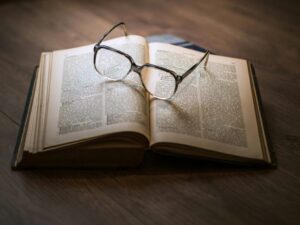One of the most common misunderstandings when it comes to the protection of a piece of art, such as music, sound recording, painting or sculpture, is the procedure to obtain such status.
In reality, as noted on the Copyright Law, Title 17 of the United States Code, the simple answer to this is easy: there is no formality needed to obtain this protection. That being, a piece of art is protected from the moment it is created and fixed on any type of physical entity that allows to perceive, reproduce or represent it.
I refer directly to the aforementioned Title 17 to give further details,
On Chapter 4, §405 «Copyright registration in general», we find:
(a)[…]Such registration is not a condition of copyright protection.
Furthermore,
On Chapter 4, §407. «Deposit of copies or phono records for Library of Congress», it’s mentioned the deposit that should be made to the Library of the Congress. An important action that helps preserve the repertoire of art from the country, still as well see, it’s not a condition for protection:
(a)(2)Neither the deposit requirements of this subsection nor the acquisition provisions of subsection (e) are conditions of copyright protection.
When it comes to what’s considered to be suitable for protection we can refer again to Title 17 on Chapter 1 – §102 «Subject matter of copyright: In general»:
(a) Copyright protection subsists, in accordance with this title, in original works of authorship fixed in any tangible medium of expression, now known or later developed, from which they can be perceived, reproduced, or otherwise communicated, either directly or with the aid of a machine or device. Works of authorship include the following categories:
- (1) literary works;
- (2) musical works, including any accompanying words;
- (3) dramatic works, including any accompanying music;
- (4) pantomimes and choreographic works;
- (5) pictorial, graphic, and sculptural works;
- (6) motion pictures and other audiovisual works;
- (7) sound recordings; and
- (8) architectural works.
This is a list that represents most of the works that can be protected by copyright, notice that originally is the main condition. In practice many cases arrive where art is derived from prior art, co-created, created under someone’s direction, etc. This, for sure, is considered by law and particular cases should be analyzed by experts as other legal dispositions apply in order to determine protection.
We hope this initial presentation on copyright law gives you certainty to keep creating!

